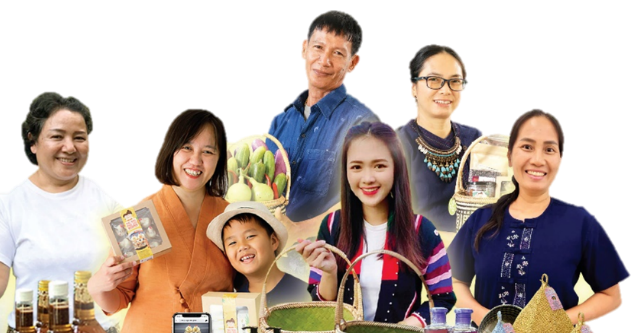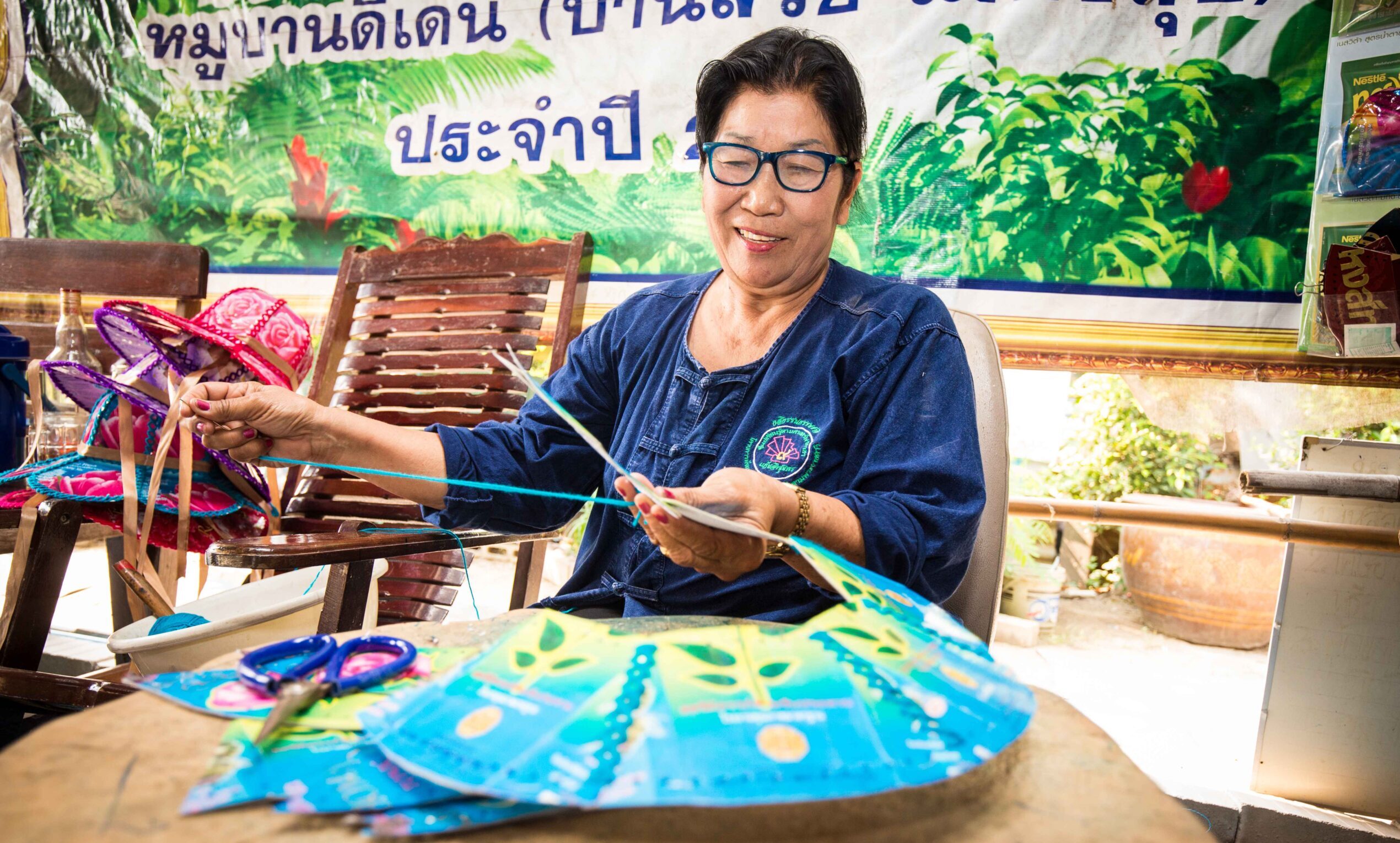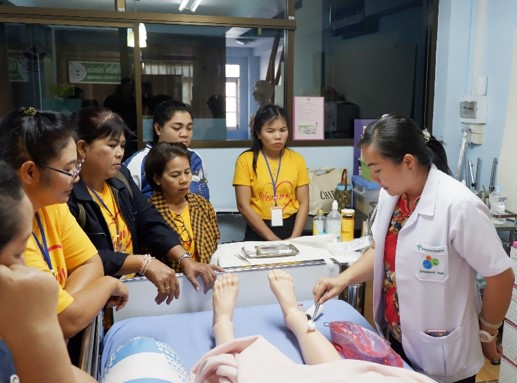“No Drought, No Poverty” Project
HIGHLIGHT
- As a result of natural disasters, especially global warming, Thai farmers, which form the majority of the Thai population, are faced with chronic droughts and floods.
- When water becomes scarce, the crops that farmers have laboriously grown will die. The lack of income from the crops ultimately leads to inequality, which is a major problem of Thai society.
- SCG has thus encouraged communities to learn about water management to ensure that they will sufficient water for consumption and farming as well as educated them on marketing so that they can create added value products and generate steady income. It has been proven that through the participating communities have been able to develop sustainably, and they will serve as models in the scaling up of the “No Drought, No Poverty” Project nationwide.
Inequality, a crucial social problem in Thailand, stems from lack of knowledge, lack of opportunities, and natural calamities such as droughts and floods. This affects farmers in the agricultural sector which is a large population of the country.
SCG, together with the drought alleviating communities, are continuing, maintaining, and extending the initiatives of the late His Majesty King Bhumibol Adulyadej the Great and His Majesty the King. This is achieved by empowering the communities to be self-sustained, learn water management, and acquire sufficient water for farming while embedding marketing know-how, lessons to add value by processing products, and how to build on stable incomes. This has proven to contribute to sustainable development communities, the model that will create the “overcome drought and poverty” projects nationwide.
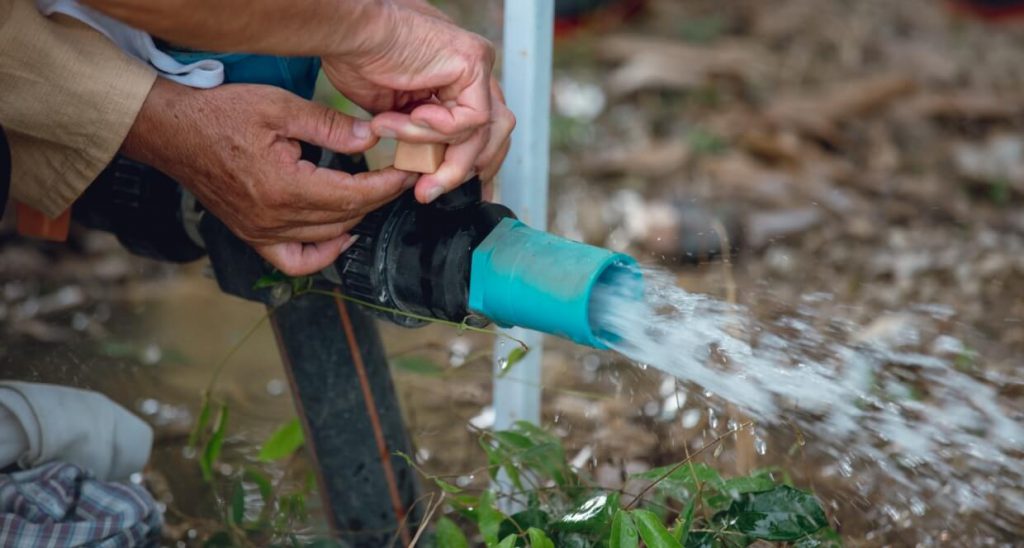
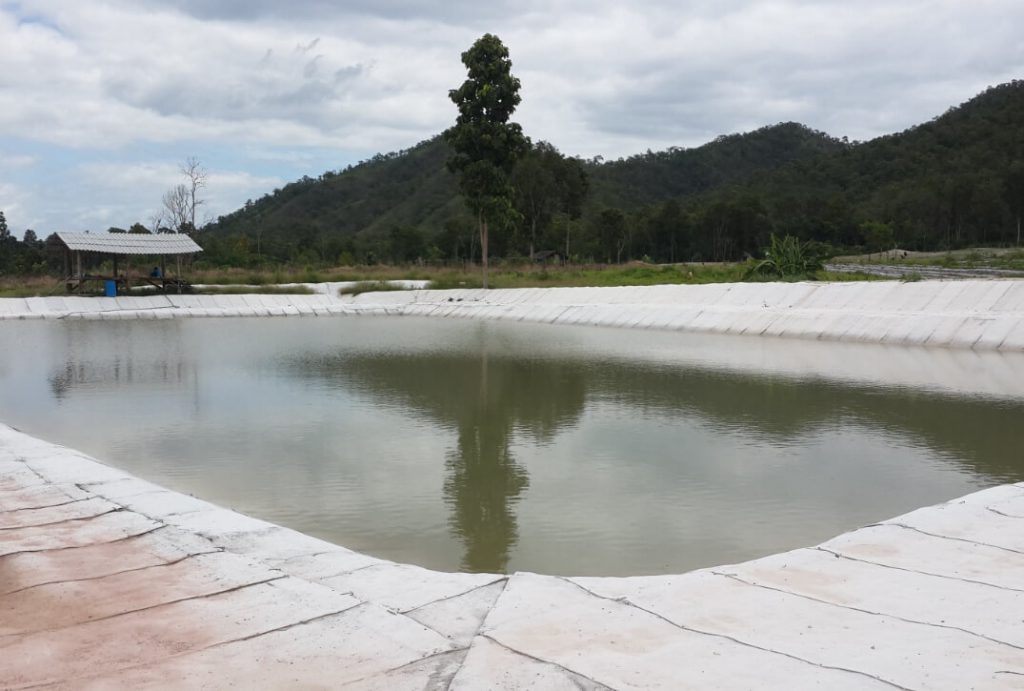
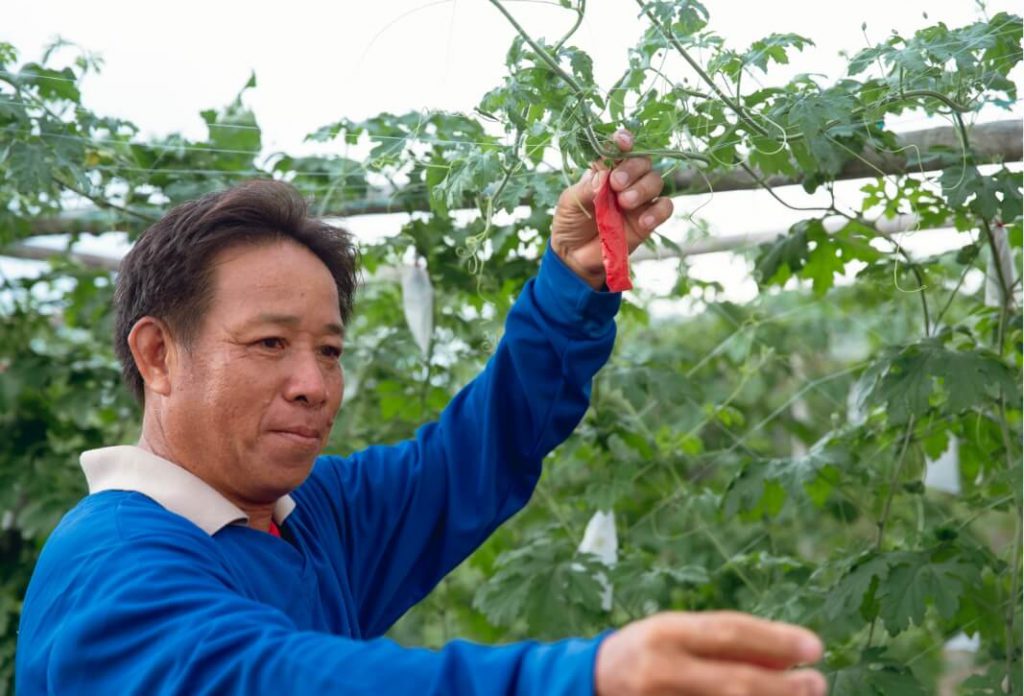
6 steps in the “No Drought, No Poverty” Project model
- Unity and self-reliance
- Unity and autonomy
- Practicality and solutions with knowledge
- Harness technology for water management
- Learning the water management practice, following the royal approach
- Know the land, learn the needs, balance water resources
- Harness information technology to plan for water sources development
- Know the water sources, learn to store, learn to use
- Build reservoirs for water to drink, use, and farm, all must be sufficient
- Efficiently reuse water with the water circulating system
- Restore watershed forests for water supply
- Adopt integrated farming to manage risks
- Plant vegetation for consumption, use, and sales, for stable income
- Plan for proper plantation to fit the land and air
- Know the market, target the consumers
- Planting products that are in market demands
- Processing the products to add value
- Capture sales channels that reach consumers
- Build value-added economies for sustainable development communities
- Join forces for strong communities
- Manage agricultural produces and marketing operations
- Manage finance and welfare
